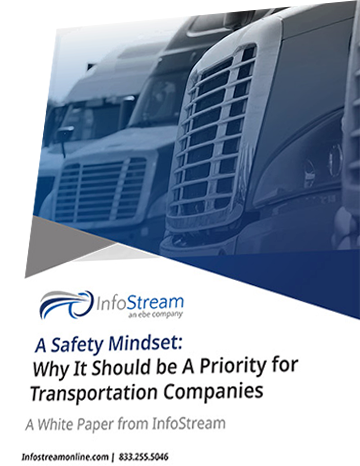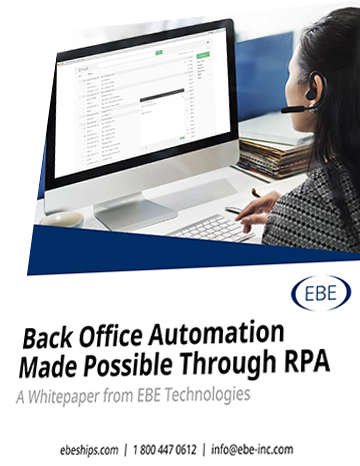

By Larry Kerr,
InfoStream President
One area where carriers too often have financial and operational loss is crash and claims management. There are essential items to consider to help mitigate this expense and its potential strain on a business.
Regardless of the carriers’ size, a crash triggers events, and the necessary data gathering begins. There are phone calls, texts, and emails to gather. There’s value in quickly populating items on crash-tracking spreadsheets as personnel must first determine the severity of a crash. All incoming data helps determine what steps to take and how best to respond. Every crash is different, but the carriers have the same questions to answer.
These questions include recording if vehicles needed towing, was medical attention administered to anyone involved, were ambulances required, and did the unthinkable occur – a fatality? The answers determine if a Department of Transportation (DOT) reportable accident is needed. If so, DOT laws call for drug and alcohol testing within set timeframes. If any of these procedures are missed or improperly documented, a carrier’s exposure to potential litigation or DOT fines increases immensely.
More importantly to the financial aspects of a crash, there’s the human aspect. Is the carrier providing the information, services, and assurances needed by the drivers and their families? Businesses must not forget the value of attending to the needs of their employees.
Carriers must document the exchange of information between law enforcement and the carrier’s safety team. A sound policy is to secure all crash information and ensure access to the proper individuals. The carrier should communicate to the public and crash victims through proper media channels based on a preliminary review. An informed legal and public relations department must work together on this sensitive messaging.
As a carrier works through a post-crash investigation, they’ll engage their legal, operations, and safety departments to work within their information-gathering system. Often, the carriers’ technology team created a system to collect data. In some cases, carriers might rely on the method of data gathering used by their insurance company. It helps the insurance provider quickly handle claims, but this can leave the carrier vulnerable.
Too often, this reliance leads to duplication of effort and files. Relying on such disparate systems often leads to a lack of a definitive plan of record. Without such, the complexity and cost of a possible crash defense become complex and expensive.
Duplicate systems, one managed by the carrier and the other by an insurance provider, may not allow for the visibility of crucial information supporting the carrier. In addition to managing the accident processes, accounts payable departments responsible for reserve management, asset repairs, vendor payments, and possible settlements often use separate spreadsheets to record crash-related costs. Again, this data duplication is an unnecessary expense.
Given how many carriers manage crashes, and to a significant extent, claims, there is a clear need for automation that combines disparate systems, mitigates exposure created by processing errors and eliminates duplication. More importantly, it produces one system of record.
Carriers can integrate customizable crash management systems that record vital information such as driver assessments and driving habits through in-cab camera systems and telematics. This data provides predictive modeling and crash probabilities.
When the unfortunate happens, these systems invoke crash scene management workflows. It also monitors reserve management integration by connecting to accounting and asset maintenance systems. The cost-benefit to carriers is the creation of is a single system of record. It provides a single repository of a driver’s behavior, trip videos, documents, and accounting data.
Crash management systems provide standard operating procedures by creating workflows for DOT and non-DOT recordable accidents. This automation ensures that the carrier takes proper actions to adhere to mandated regulations when accidents happen. The systems also help in prevention by providing the carrier insight into common causes of crashes. This data can help in the development of policies and procedures to lower their risk and exposure.
Carriers adopt crash management systems to reduce operational strain and costs. The collected data helps companies implement policies based on the application’s ability to provide root-cause insights. Ultimately, a crash management system can provide a safer transportation environment to both the industry and the public.
InfoStream’s Accident and Incident Management application can help you maintain DOT compliance when crashes occur. Contact us today to learn more about our configurable Risk Management solutions: [email protected]; 833-255-5046.









